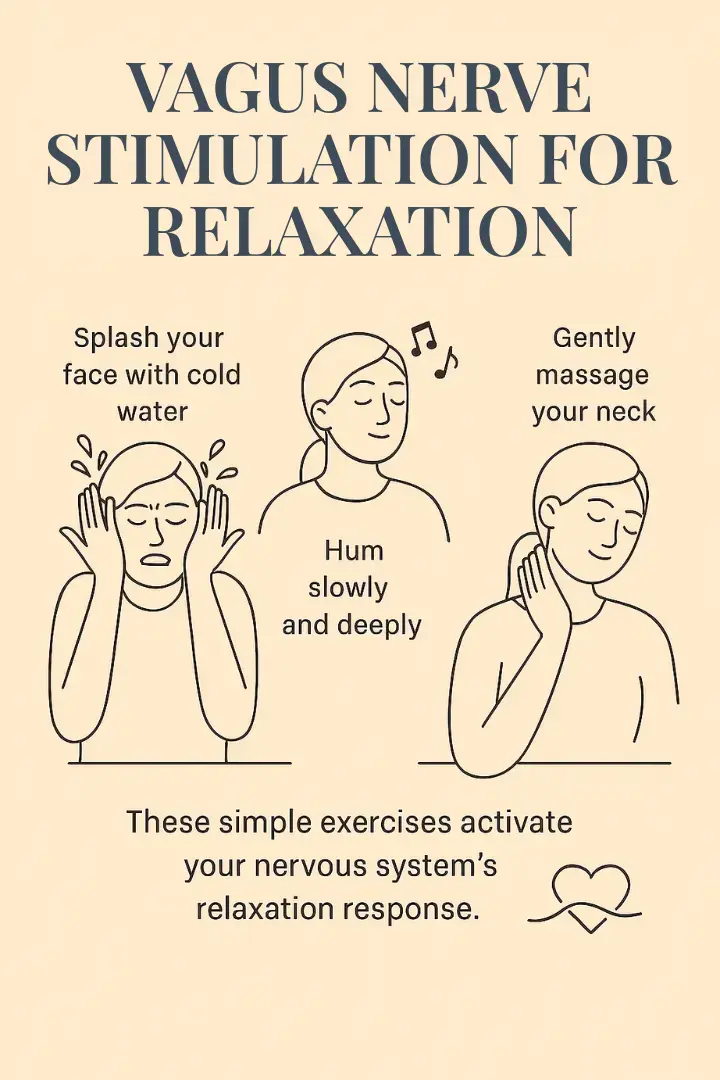Co-Regulation for Anxiety: How Connection Calms the Nervous System
- Kai Bailin

- May 3
- 2 min read
Humans aren’t meant to navigate stress alone. When anxiety overwhelms you, reaching out to a calm, supportive presence can help your nervous system reset. This calming through connection is known as co-regulation.
Co-regulation is the natural, biological process by which one person’s regulated nervous system helps another person's system find stability. It’s a foundational concept in somatic therapy and polyvagal theory, highlighting our innate need for safe, social connections.

What Is Co-Regulation?
Think of a child calming down when held by a parent after a fright. Their heartbeats slow together, breathing deepens, and anxiety melts away. Adults benefit from the same biological mechanism: being around someone who feels calm and safe helps your own nervous system shift from fight-or-flight into a more regulated state.
The Science Behind Co-Regulation
From a polyvagal perspective, co-regulation taps into our social engagement system, activated by the vagus nerve. When you interact positively with someone else—through a gentle voice, reassuring eye contact, or supportive touch—your nervous systems begin to synchronize. Studies show that heart rates and even hormonal rhythms can align, promoting calm and reducing stress.
Essentially, your nervous system "borrows" safety from another regulated nervous system, creating a calming cascade that signals your body it's safe to relax.
How to Practice Co-Regulation for Anxiety
Here are simple, effective ways to experience co-regulation for anxiety:
1. Reach Out to Someone Calming
When anxious, connect with a friend, partner, or family member who exudes calm. A brief chat, a phone call, or simply sitting together quietly can help your nervous system settle.
2. Physical Touch
Ask for a hug, hold hands, or gently place a hand on someone's shoulder. Physical touch releases oxytocin, helps synchronize heart rates, and signals safety to the nervous system.
3. Connect with Animals
If human connection isn’t available, pets offer powerful co-regulation. Petting your dog or cat has a proven calming effect, lowering cortisol and increasing vagal tone.
4. Therapeutic Relationships
Working regularly with a calm, attuned therapist can significantly improve your ability to regulate anxiety. The therapist’s regulated nervous system helps teach your system how to achieve calm independently.
When to Use Co-Regulation
After stressful events or emotional conversations
When feeling isolated or overwhelmed
Before and after high-pressure situations
To consistently build resilience against stress
Final Thought
Co-regulation for anxiety isn’t about dependency—it’s about tapping into our biological wiring for connection. Humans are inherently social, and our nervous systems are designed to find safety and calm through healthy relationships.
Next time anxiety spikes, remember that reaching out isn’t weakness—it’s a powerful and natural way to reset your nervous system.
Read more in the series: 7 Ways to Calm an Overactive Nervous System →




Comments